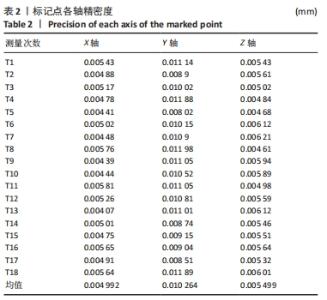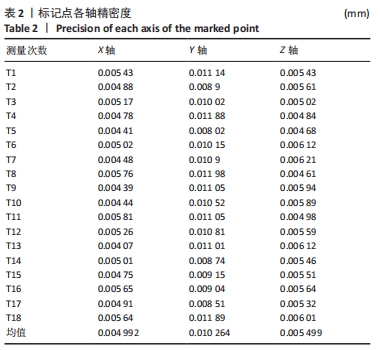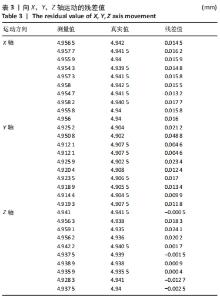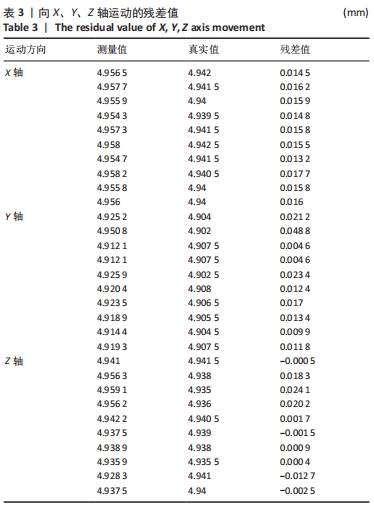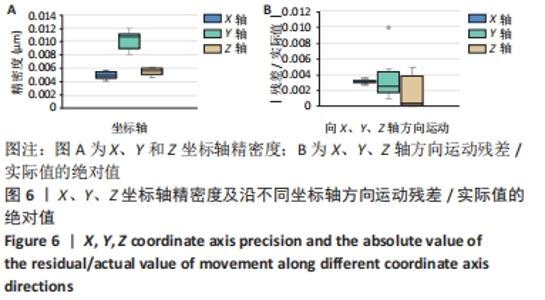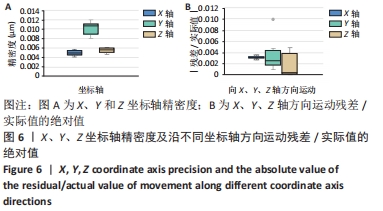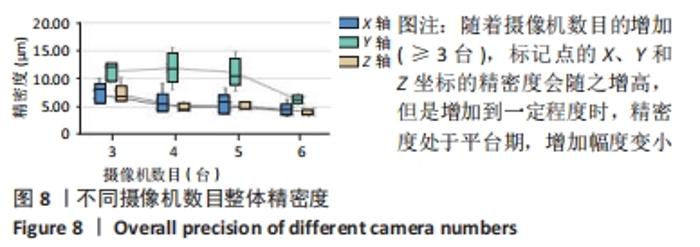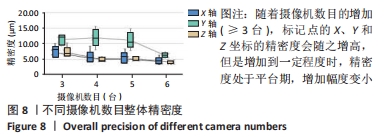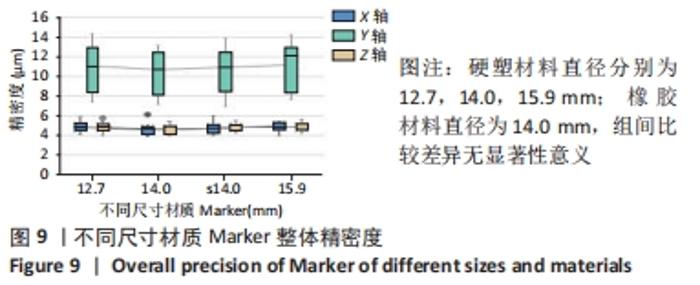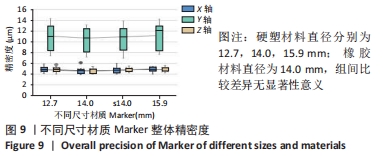[1] 谭菁华, 晏怡果. 光学式三维运动捕捉在运动系统相关研究中的应用[J]. 海南医学,2018,29(14):2029-2032.
[2] 向泽锐, 支锦亦, 徐伯初, 等. 运动捕捉技术及其应用研究综述[J]. 计算机应用研究,2013,30(8):2241-2245.
[3] 季伟, 王向阳. 人体脊柱运动测量方法研究进展[J]. 医用生物力学,2011, 26(1):92-96.
[4] 邱晓文,贺西京,黄思华,等.人体脊柱三维运动测量分析方法新进展[J]. 中国骨伤,2015,28(5):476-481.
[5] 王露晨. 基于动作捕捉技术的舞蹈姿态分析与教学方法研究[D].大连:辽宁师范大学,2016.
[6] 刘幸奇. 基于运动捕捉数据的人体运动合成[D]. 北京:北京交通大学,2010.
[7] 黄波士, 陈福民. 运动捕捉及其在动画制作中的应用[J]. 计算机工程,2005, 31(13):168-170.
[8] 李保强. 面向皮影戏动画制作的运动捕捉技术研究[D]. 泉州:华侨大学,2016.
[9] 施蕾. 动作捕捉技术对非物质文化遗产舞蹈的数字化保护[D]. 昆明:云南艺术学院,2015.
[10] SEVERIN A C, DANIELSEN J, FALCK ERICHSEN J, et al. Case Report: Adjusting Seat and Backrest Angle Improves Performance in an Elite Paralympic Rower. Front Sports Act Living. 2021;3:625656.
[11] ROEPSTORFF C, DITTMANN MT, ARPAGAUS S, et al. Reliable and clinically applicable gait event classification using upper body motion in walking and trotting horses. J Biomech. 2021;114:110146.
[12] 赵嶷飞, 张悦宸, 赵欣宇. 基于运动捕捉系统的小型有动力无人机气动特性分析[J]. 科学技术与工程,2021,21(2):808-812.
[13] 赵嶷飞, 张悦宸. 基于Vicon运动捕捉系统的无人机气动特性分析[J]. 飞行力学,2020,38(4):11-15.
[14] YAN Y, BELL K M, HARTMAN R A, et al. In vitro evaluation of translating and rotating plates using a robot testing system under follower load. Eur Spine J. 2017;26(1):189-199.
[15] BELL K M, YAN Y, DEBSKI R E, et al. Influence of varying compressive loading methods on physiologic motion patterns in the cervical spine. J Biomech. 2016; 49(2):167-172.
[16] COBIAN D G, DAEHN N S, ANDERSON P A, et al. Active cervical and lumbar range of motion during performance of activities of daily living in healthy young adults. Spine.2013;38(20):1754-1763.
[17] SCHMID S, STUDER D, HASLER C-C, et al. Quantifying spinal gait kinematics using an enhanced optical motion capture approach in adolescent idiopathic scoliosis. Gait Posture. 2016;44:231-237.
[18] 晏怡果, 谢勇, 王程, 等. 基于LabVIEW与6轴机械臂的脊柱生物力学测试系统构建及初步可靠性研究[J]. 医用生物力学,2019,34(1):47-57.
[19] PHUTANE U, LIPHARDT AM, BRÄUNIG J, et al. Evaluation of Optical and Radar Based Motion Capturing Technologies for Characterizing Hand Movement in Rheumatoid Arthritis-A Pilot Study. Sensors (Basel). 2021;21(4):1208.
[20] CUADRADO J, MICHAUD F, LUGRÍS U, et al. Using Accelerometer Data to Tune the Parameters of an Extended Kalman Filter for Optical Motion Capture: Preliminary Application to Gait Analysis. Sensors (Basel). 2021;21(2):427.
[21] 张峻霞, 窦树斐, 苏海龙, 等. 上、下楼梯步态参数变化特征研究[J]. 医用生物力学,2016,31(3):266-271.
[22] MAZZARELLA J, MCNALLY M, RICHIE D, et al. 3D Motion Capture May Detect Spatiotemporal Changes in Pre-Reaching Upper Extremity Movements with and without a Real-Time Constraint Condition in Infants with Perinatal Stroke and Cerebral Palsy: A Longitudinal Case Series. Sensors (Basel). 2020;20(24):7312.
[23] 王睿, 朱业安, 卢巍. 骨骼关键点检测技术在康复评估中的应用进展[J]. 中国康复医学杂志,2020,35(7):886-890.
[24] 林东鑫, 黄学成, 秦庆广, 等. 基于运动捕捉技术比较2种颈椎手法治疗后颈椎活动范围的差异[J]. 中国组织工程研究,2021,25(21):3281-3285.
[25] CHAN A, AGUILLON J, HILL D, et al. Precision and accuracy of consumer-grade motion tracking system for pedicle screw placement in pediatric spinal fusion surgery. Med Eng Phys. 2017;46:33-43.
[26] LI G, PATEL NA, BURDETTE E C, et al. A Fully Actuated Robotic Assistant for MRI-Guided Precision Conformal Ablation of Brain Tumors. IEEE ASME Trans Mechatron. 2021;26(1):255-266.
[27] 王俊威, 西勤, 冯其强, 等. OptiTrack系统点位测量的精度测试[J]. 北京测绘, 2017(S1):294-300.
[28] WINDOLF M, GÖTZEN N, MORLOCK M. Systematic accuracy and precision analysis of video motion capturing systems--exemplified on the Vicon-460 system.J Biomech. 2008;41(12):2776-2780.
[29] FENG Y, MAX L. Accuracy and precision of a custom camera-based system for 2-d and 3-d motion tracking during speech and nonspeech motor tasks. J Speech Lang Hear Res. 2014;57(2):426-438.
[30] EICHELBERGER P, FERRARO M, MINDER U, et al. Analysis of accuracy in optical motion capture - A protocol for laboratory setup evaluation. J Biomech. 2016; 49(10):2085-2088.
[31] BERNARDINA GRD, MONNET T, PINTO HT, et al. Are Action Sport Cameras Accurate Enough for 3D Motion Analysis? A Comparison With a Commercial Motion Capture System.J Appl Biomech.2018;10:1-17.
[32] RAGHU S L, KANG C-K, WHITEHEAD P, et al. Static accuracy analysis of Vicon T40s motion capture cameras arranged externally for motion capture in constrained aquatic environments. J Biomech. 2019;89:139-142.
[33] GONZÁLEZ L, ÁLVAREZ J C, LÓPEZ AM, et al. Metrological Evaluation of Human-Robot Collaborative Environments Based on Optical Motion Capture Systems. Sensors (Basel). 2021;21(11):3748.
|
